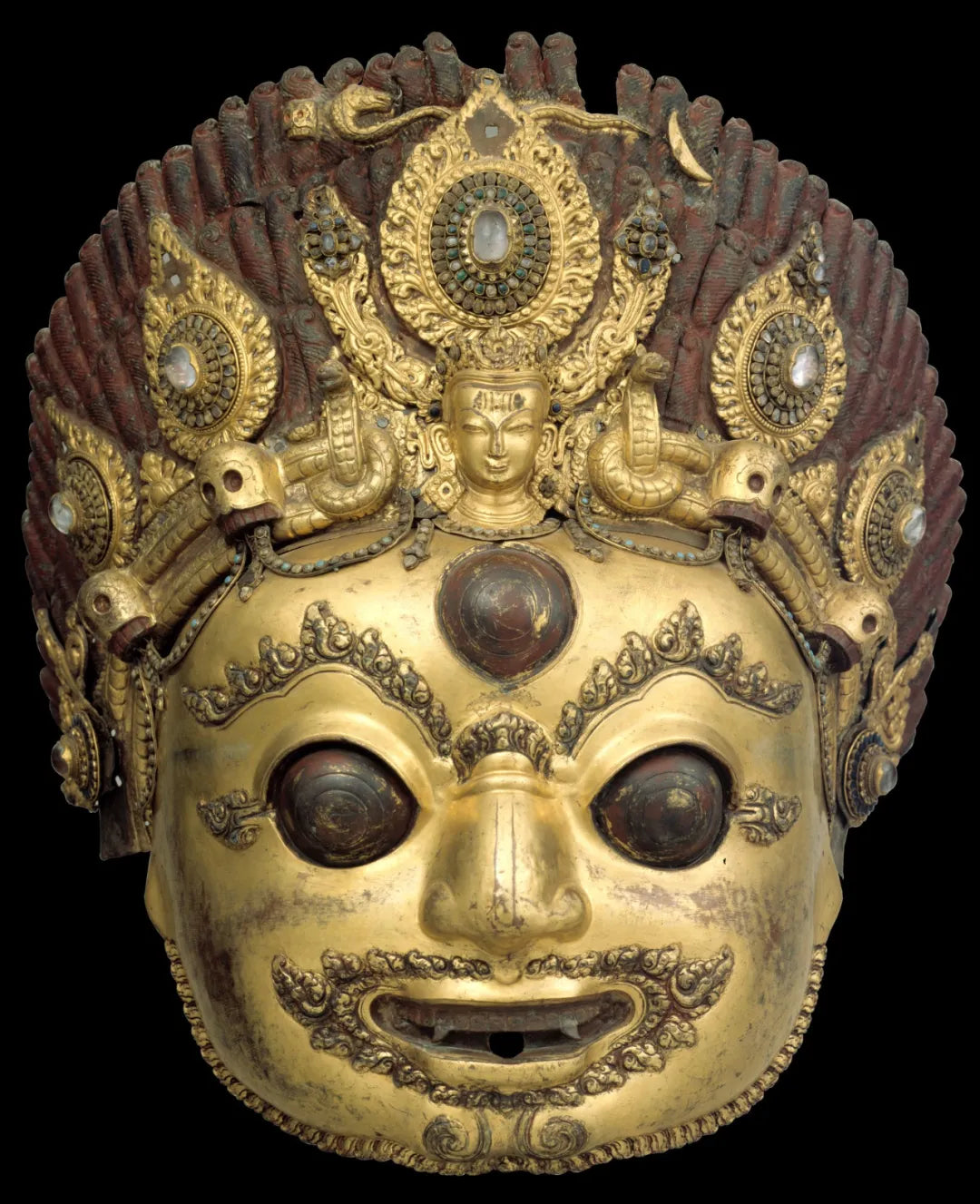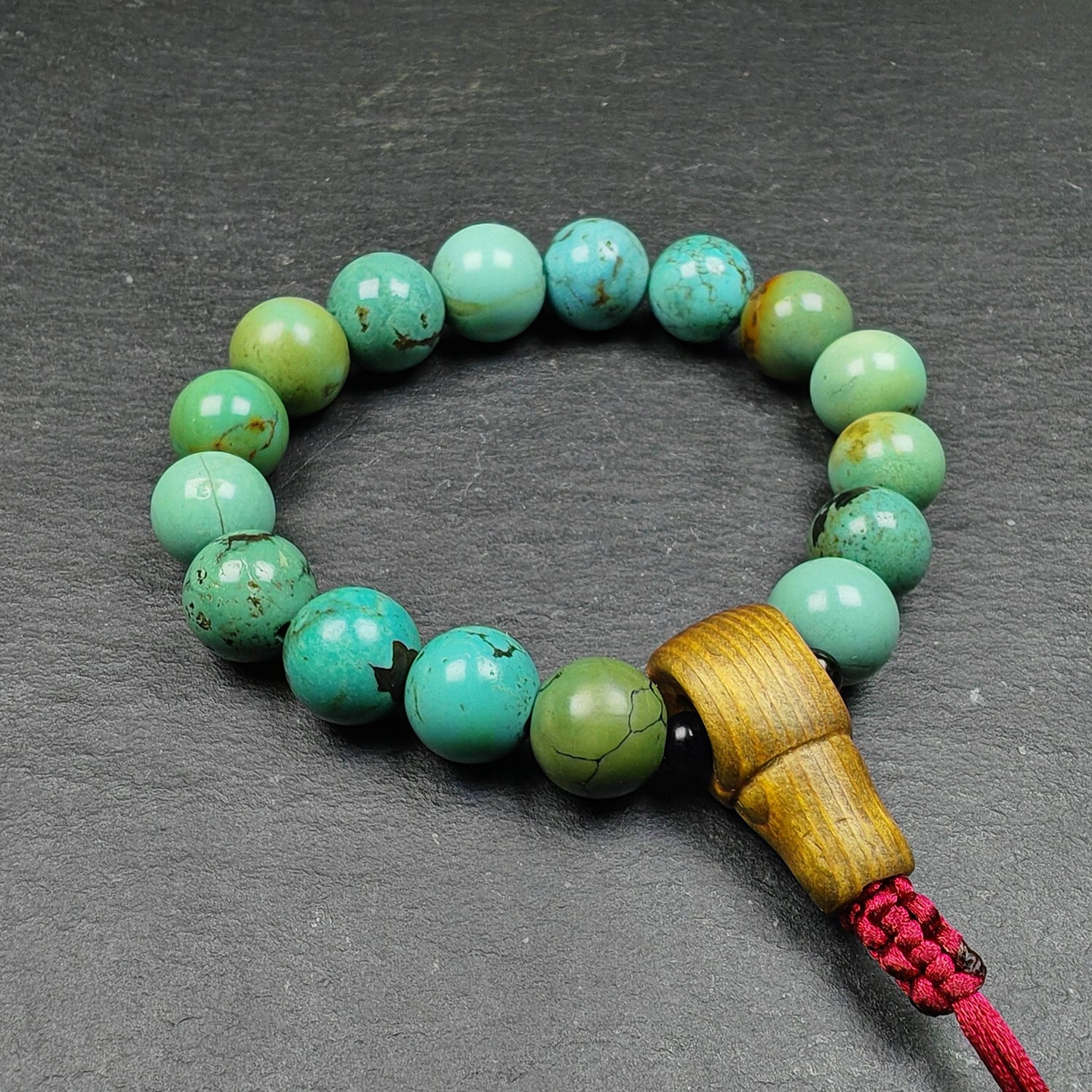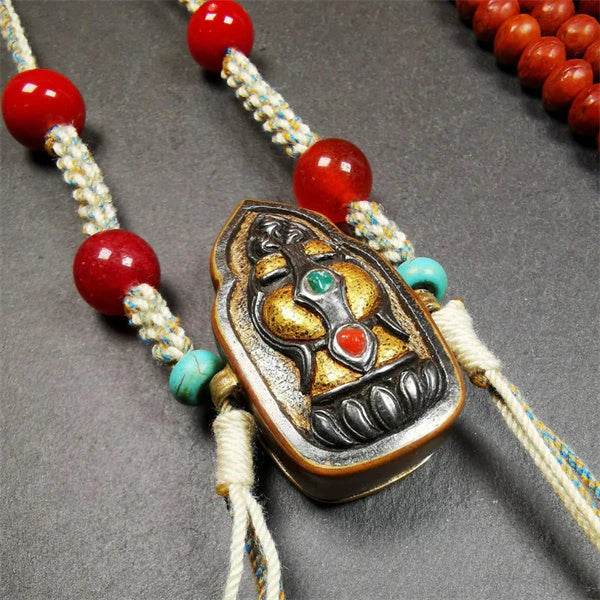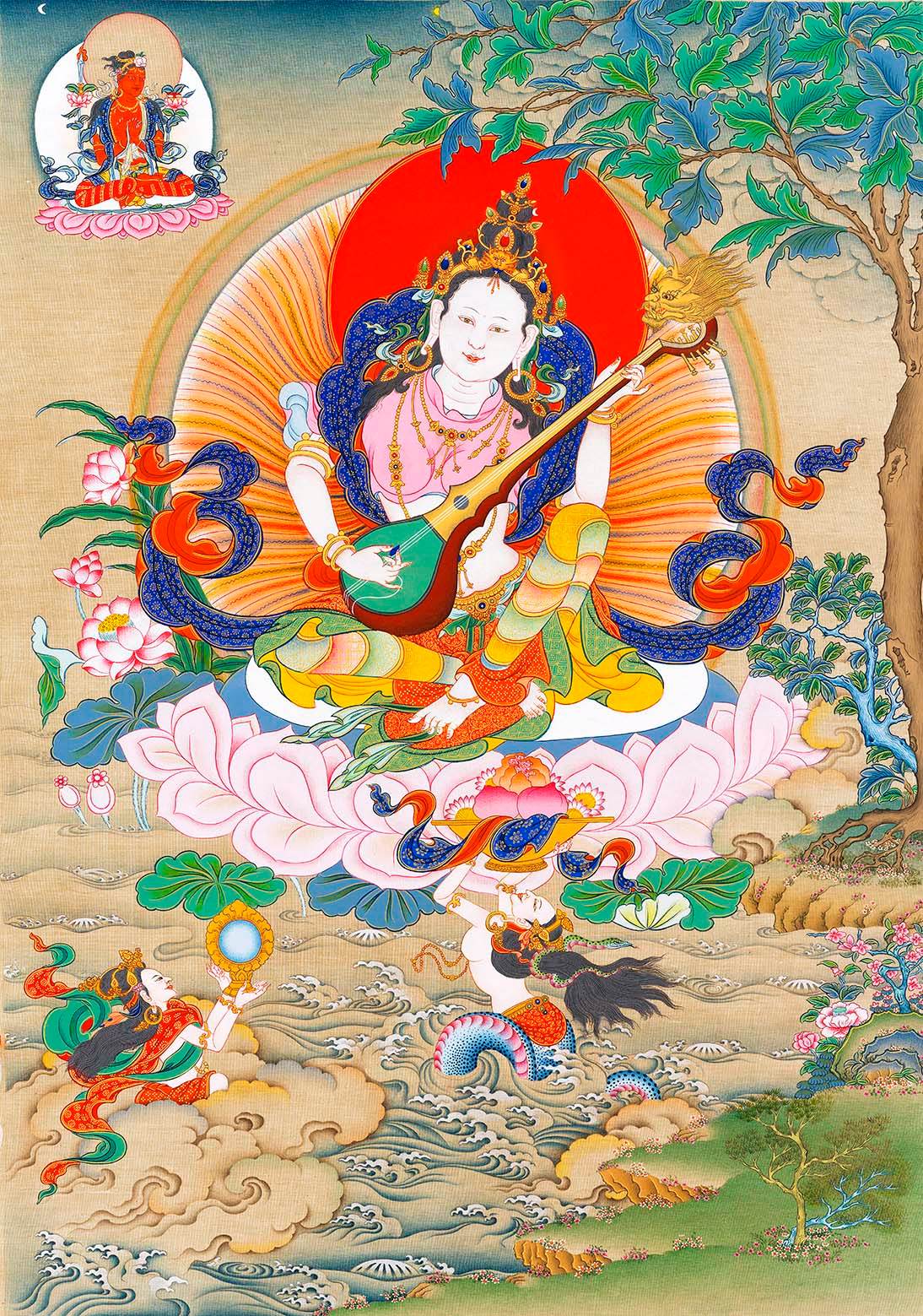
Ghosts and Deities: Masks of the Himalayan Region (Part 1)

"Mask for Monastery Dance, Mustang," 16th century, Private Collection

"Mask from Dawa Region Village Ceremony," 18th century, private collection.

"Nepalese Primitive Shaman Mask," 17th century, Rubin Museum

"Bhutanese Village Mask," 18th century, Rubin Museum
[Translator's Note] The author of this article, Mr. Thomas Murray, is an American art historian, anthropologist, and collector. Since his first visit to Asia in 1978, Mr. Murray has maintained a special interest in Asian tribal and shamanic art throughout his over 40-year academic career. This column article on Himalayan mask culture was first published in 1995 and later revised by the author in 2001. For this translation, I have used the 2001 revised version. Images originally included in the text are marked with an asterisk (*); all other images have been added by the translator and are hereby noted.

- "Buddhist Guardian Deity Mask," 14th-17th century, private collection*

2. "Peling Mask," 16th century, Rubin Museum
Peling (भैरव; Bhairava) is considered the wrathful manifestation of Shiva.
Preface
The rich imagery displayed in Himalayan masks (*འབག་*) stems from diverse traditions, including indigenous religions (referred to in the original text as "shamanism"), village mythology, and ancient influences from Hinduism and Buddhism. This article explores Himalayan mask culture within a broader context: from the late Paleolithic era to the present, examining stylistic and thematic parallels between Himalayan masks and those from wider cultural spheres, such as Eurasia and the Americas.
The isolated communities of the Himalayas have long sustained themselves through self-sufficient agro-pastoral economies in the world’s highest mountain ranges. Their belief in a form of animism, blended with Hindu and Buddhist traditions, has fostered a culture where mask performances thrive (Fig. 1). The widespread presence of masking traditions across the Himalayas suggests deep-rooted origins.

3. "Mask of Indra," 17th century, Mort Golub Collection*
Extremely rare wooden Indra mask

4. "Mahakala Mask," 18th century, Mort Golub Collection*
For research purposes, this article categorizes Himalayan masks into three main types.
Masks depicting deities, heroes, and theatrical figures within the refined traditions of Buddhism and Hinduism are termed "classical masks." These include masks used by Hindus and Buddhists in temple and monastery dance rituals. Many "Newar masks" (Fig. 3) produced in Nepal's Kathmandu Valley portray Hindu gods and goddesses or central characters from the *Ramayana* and *Mahabharata*.
Classical Buddhist masks typically represent various figures from the vast Buddhist pantheon, such as different forms of Mahakala (Fig. 4). The Buddhist masks discussed here are often used in monastic dance rituals known as *cham* (འཆམ་). The masks employed in *cham* (འཆམ་འབག་) are believed to summon deities and dispel evil forces.

5. "Nepalese Lakhye Mask," 1900, private collection*
Facial features resembling a Gorgon.

6. "Gorgon Mask," 5th century BCE*
The image originates from an early Corinthian vase.
While "village masks" incorporate classical elements from Hinduism and Buddhism, their core characteristics remain rooted in local village mythology. The Lakhe mask (Fig. 5), popular among Hindu communities in the Kathmandu Valley, likely falls under this category. As a local demonic figure, Lakhe often bears features reminiscent of the Gorgon, evoking the grotesque facial motifs common in Mediterranean sculpture and painting traditions (Fig. 6).
However, the origin of Lakhe (or the Lakhe dance) is undeniably linked to the annual Indra Jatra festival (a Nepalese celebration honoring the deity Indra). Observant readers may note the similar forehead markings shared by Indra and Lakhe.
Meanwhile, "Buddhist village masks," crafted by the Sherdukpen and Monpa peoples of northeastern India and eastern Bhutan, are typically used in didactic theatrical performances (Translator’s note: generally referring to Tibetan opera). This will be explored in detail later.

7. "Nepalese Primitive Shaman Mask," 17th century, Mort Golub Collection*
Note the high cheekbones and distinct Northeast Asian eye shape.

8. "Batak-Karo Mask," 19th century, Sumatra, private collection*
Typically used in funerals and destroyed afterward.
These masks bear strong resemblance to tribal masks from the Nepal region.

9. "Mask Amulet," 19th century, Russian Museum of Ethnography*
This Buryat mask depicts
an elderly deity of Northeast Asia.
"Primitive Shaman Masks" (Fig. 7) are primarily found among tribal communities in Nepal (Translator’s note: The preservation of such masks in Tibetan regions is more complex). These masks are typically used by local shamans for healing, divination, and navigating life crises (i.e., transitions between life stages). Due to the extremely remote (and dispersed) geographic origins of tribal masks, our understanding of them remains limited. While this isolation has allowed their long-term preservation, it has also hindered our knowledge of the people and cultural traditions behind them.
In my view, these ancient masks, preserved to this day, serve as symbols of pan-Asian mask culture. They appear not only in the Himalayas but also among the Batak people of Sumatra (Fig. 8), the Atoni of Timor, tribal communities of India, Siberian shamans (Fig. 9), and other ethnic groups in their daily lives.
Generally, the creation and use of masks originated in shamanism (or shamanistic religions), gradually spreading to Himalayan village folk traditions before being reinterpreted by more advanced classical traditions (e.g., Hinduism and Buddhism). Across Asia, mask usage largely stems from shamanistic beliefs; thus, any discussion of Himalayan mask culture must begin with primitive shamanism.
Primitive Shaman Mask
The idea of linking primitive shaman masks to specific ethnic groups remains, at best, speculative. This uncertainty stems from multiple factors: similarities in functional and iconographic features across masks, and the cultural divide between the communities preserving these masks and Western observers. What can be stated with certainty is that most shamanic-style masks from the Himalayan region were crafted in Nepal.
Among mid-altitude Himalayan communities, the hardwood masks of the Magar and Gurung peoples develop a distinct patina from prolonged exposure to smoke and animal fat (Fig. 10). Other lesser-known mid-altitude groups—including the Sherpa, Bhotya (etymologically derived from the Tibetan term for "Tibetan land"), Tamang (རྟ་དམག་), and Rai—will be discussed later regarding their masking traditions.

10. "Gurung or Magar Mask," 17th century, Mort Golub Collection*
The figure depicted by this mask is often identified as a clown,
yet we cannot confirm whether these masks
developed distinct identities or ritual functions.

11. "Tharu Mask," 19th century, private collection*
Tharu masks strongly resemble
those of the Inuit,
while their facial features may derive from
tribal masks of central India.
The Tharu people (Tharu; མཐའ་རུ་), inhabiting the lowlands along the India-Nepal border, typically craft masks from softwood and apply kaolin for pigmentation (though polychrome masks are also common). A limited number of hardwood masks are likewise observed in Tharu communities. Some documented Tharu masks are cited as exemplars of "primitive masks," while those of the Rajbansi (a Tharu sub-group; Fig. 11) clearly derive from Indian (or Hindu) prototypes—categorizable as the aforementioned "village masks." The mask in Fig. 11 serves as a compelling case study for distinguishing between "primitive" and "village" mask typologies.
At first glance, these masks resist classification due to their individualized designs; yet closer examination of larger assemblages reveals discernible patterns. Masks adorned with hair attachments generally depict one or more bearded/mustachioed figures—encountered yet unidentifiable in lived experience (Figs. 8 & 10). Certain beardless masks from mid-altitude regions are grouped within this same category based on evidence of former hair adornments.

12. "Potato-Head Mask," 17th century, Mort Golub Collection*
The three forehead stripes on this mask may relate to Shaivite practices.

13. "Mask with Trident Marking," 18th century, Mort Golub Collection*
May be associated with classical Shaivite worship.
Masks with irregular, bulbous heads and fierce facial features are generally termed "potato-head type" masks (Fig. 12). In some cases, forehead markings can further differentiate them. For example, the masks in Fig. 13 were preserved precisely because they bear the trident symbol (a signature attribute of Shiva in Hinduism). It should be noted, however, that not all trident markings relate to Shaivite doctrine—some may simply be borrowed symbols detached from their original meaning. Other masks display a crescent moon cradling a sun disk on their foreheads, though the significance of this motif remains unclear (Translator’s note: Compare varying interpretations of this symbol in Tibetan regions).

14. "Mid-Altitude Mountain Mask," 17th century, Mort Golub Collection*
The restored chin confirms this mask was not discarded,
while the nose ring may relate to the Tamang people.

15. "Rai Mask," 19th century, Mort Golub Collection*
This mask is associated with family protection rituals.

16. "Mid-Mountain Altitude Mask," 17th century, Mort Golub Collection*
"Rai Mask," 19th century, Mort Golub Collection*
The Rai people traditionally craft masks from tree fungi for household and clan protection (Fig. 15), while other masks exhibiting more diverse ethnic characteristics are made of felt and goat leather (Translator's note: such as ancient white goat leather masks from Tibetan regions). The red pigment on the mask in Fig. 16 likely symbolizes blood sacrifice, potentially derived from human (in ancient rituals) or animal sources. The dark patina, glossy surface layer, and layered paint traces all help us estimate these masks' origins - an unspecified yet undeniable distant past.
These time-worn masks bear witness to the Himalayan communities' profound reverence through generations. Each use signifies the enhancement of the mask's sacred power, with old masks being carefully repaired rather than discarded (Fig. 14). While undoubtedly centuries old (or older), their exact usage remains unclear. By referencing basic shamanic principles, we may infer their symbolic meaning and ritual function.
The author of this article, Thomas Murray.







